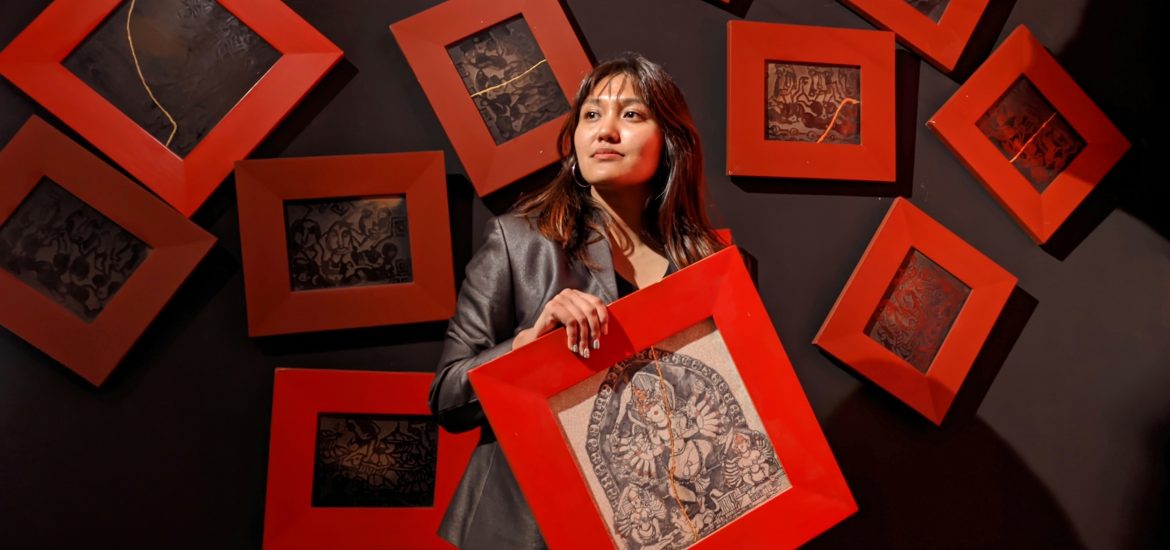The Museum of Nepali Art (MoNA) is a relatively new institution, which had its official opening in 2021 but already held two online exhibitions in 2020 – “Inception” and “Tangential Stress” – the latter of which featured 19 artists about COVID’s impact. It was at the height of the pandemic, late 2020, when art specialist Ursula Manandhar joined the museum as a writer, before being promoted to head of research just a year later in the latter half of 2021. She was only 23.
“My promotion entailed me writing a full catalogue for MoNA’s solo large exhibition of Samundra Man Singh Shrestha from 6–9 February 2022,” she told me in an interview in which we discussed a wide range of topics, from her early interest in art to the current museum scene in Nepal. The permanent collection of MoNA, guided by the leadership of director and founder Rajan Sakya, holds art by some of Nepal’s most illustrious artists, among them being: Lok Chitrakar, Purna Hyoju, Puran Shakya, Kiran Manandhar, and Sarada Man Shrestha.
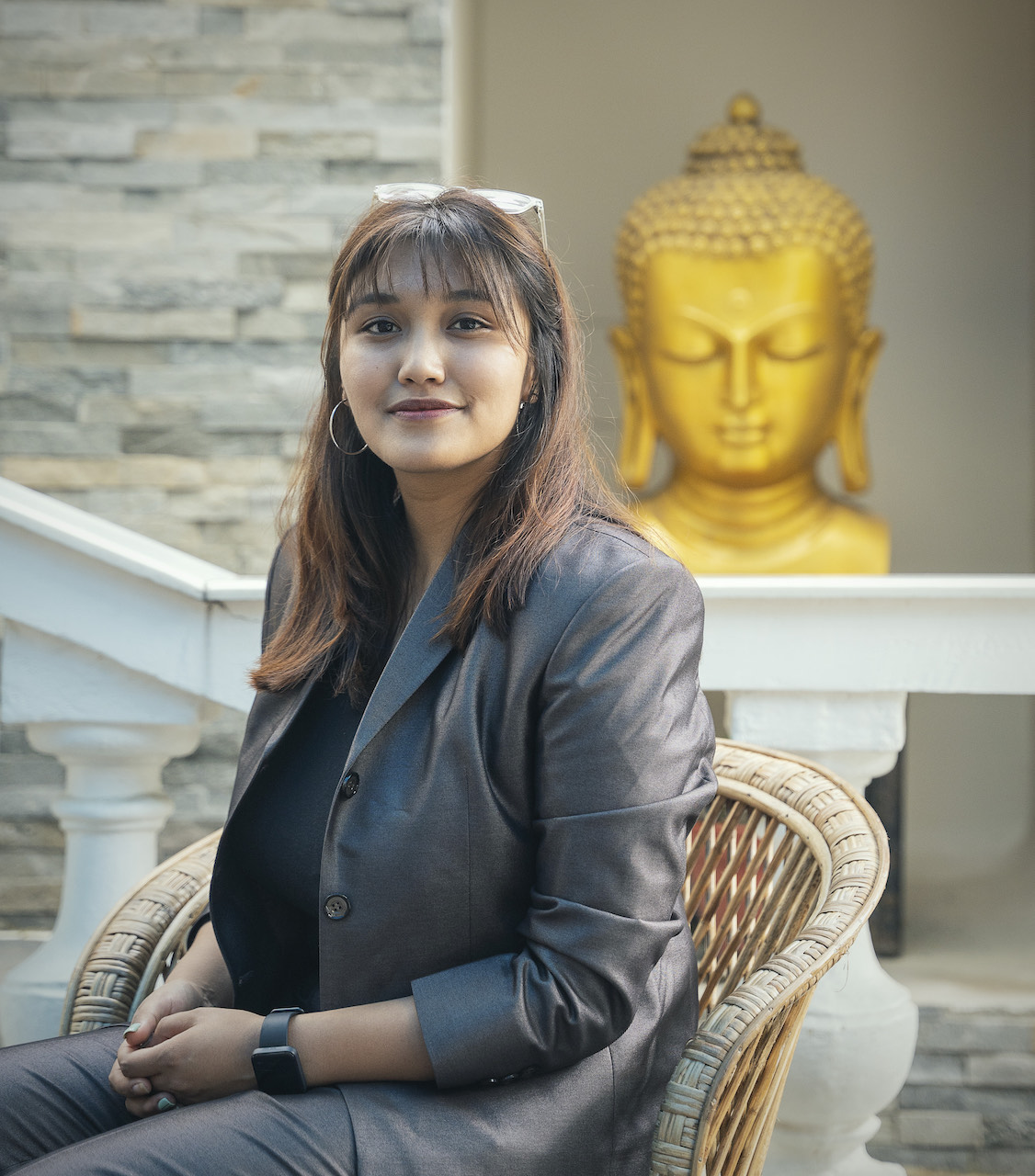
“It was extremely stressful to juggle study and work, and I became a bit of a social recluse for a period. It was definitely a big leap for me, and I was worried that so much could go wrong. I fell ill and had many sleepless nights, but the exhibit was a huge success, which is a particular joy to me since Samundra Man Singh Shrestha is probably my favorite and I saw my role as helping people understand his work and depth. Overall, this job was a dream come true for me, as I had always been interested in art, symbology, and iconography since junior high.”
She accomplished her milestone while she was just finishing up her Master in museum studies at Lumbini Buddhist University. She had started her postgraduate degree in early 2020, shortly after earning an unfulfilling Bachelor in IT management. “But looking back since my childhood, I was always interested in research and reading fictional novels. I was curious about artsy things like the Mona Lisa, Michelangelo, and so on. Then I came across the word ‘curator’ – a job wherein a person looks after things in a museum. I have been passionate about being one, or being part of a team of such people, ever since.”
This year she will be 25, making her one of the youngest museum professionals to watch in the Nepali art scene. But the sudden pressure so early on in her museological career helped build her self-confidence amidst a complicated artistic and cultural landscape. Nepal is full of qualified and excellent artists, who specialize in traditional (paubha) art as well as what historian of South Asian and Himalayan art, Dr. Dina Bangdel (1963–2017), called “neo-traditional” art.
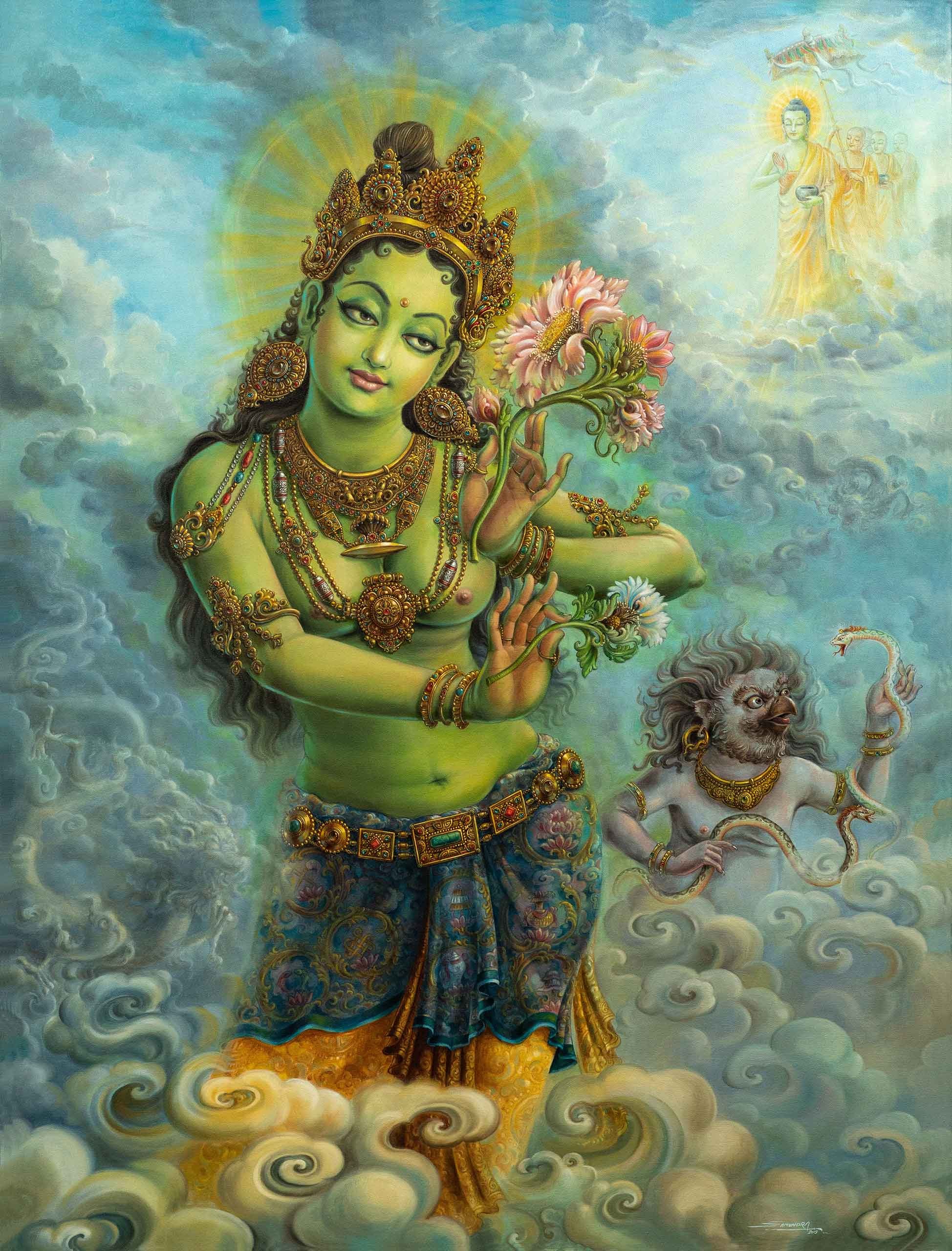
“Around 70 to 80 per cent of MoNA’s art is what we have coined as the neo-traditional style, which was inspired by Renaissance-era interpretations of Christian iconography and symbolism. Neo-traditional re-interpretations of Buddhist figures make them appear grand, beautiful, and dynamic. This makes the art highly marketable but also controversial,” Ursula tells me. Nepali artists and commentators commonly speak of the similarity between neo-traditionalism and Renaissance art, the latter of which contains religious themes but were not intended for religious use.
“On one hand, certain aspects of art definitely need to evolve. Artists are often asking themselves, what can we bring that is new to connect to today’s audience?” said Ursula. “But at the same time, the Gen Z aesthetic tends to understand art as purely pieces for decoration or Instagram. So whenever I’m in the museum and encounter younger visitors, I try to clarify things for them, to show them what traditional iconography is.” She continues, laughing: “I do not really connect with Gen Z. I need to read, I need quiet, I need to hear myself.”
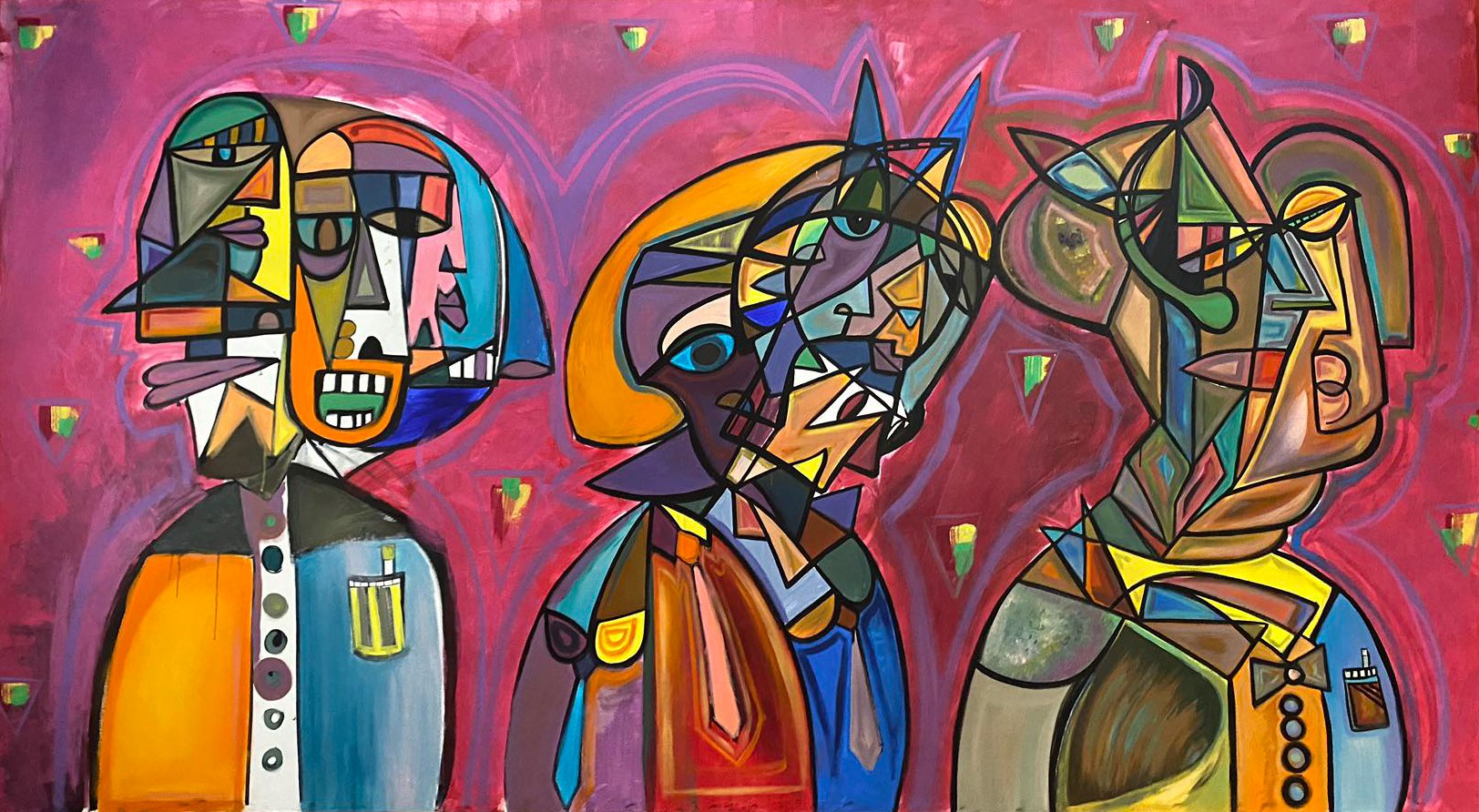
The trick, it would seem, is finding a way to bind Gen Z to the ancient philosophical and religious beliefs embedded in traditional art. “Neo-traditional art acts as a bridge between purely contemporary and paubha, the traditional expression of art native to Nepal. With neo-traditional, you can move to the abstract side or to the paubha side. I like to think of it as an open-ended project, no one loses.”
A self-described introvert compared to her fellow Zoomers, Ursula grew up in a traditional Buddhist household, surrounded by brocades, thangkas, and appliques of Tara, Guru Rinpoche, and the Buddha. “I believe that iconography should be drawn for the sake of meditation practice. Paubha needs a certain set of rules. The downside of neo-traditional art is its advantage as well: people love it so much, regardless of the principles behind it.”
She also keeps a blog called “Trataka Thoughts.” She noted, “Trataka means just staring at one thing for a long time, a kind of mindfulness meditation but done specifically with a candle. I maintain my blog to remind myself of books that I want to read, or to list deities I need to research. Museum catalogues are impersonal and factual. My blog is more personal and subjective.”
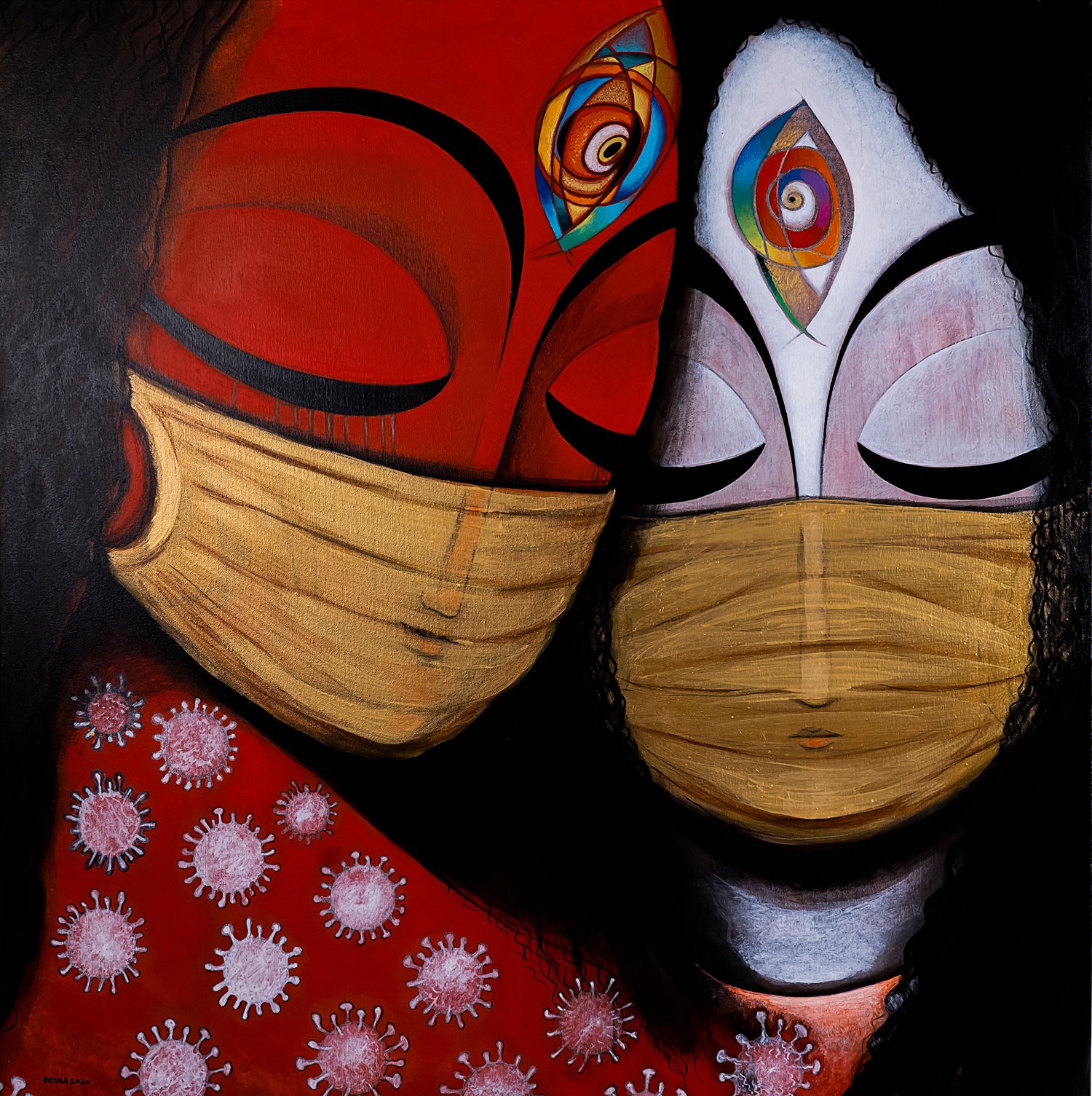
At present, Ursula feels that Nepal’s museum landscape is very poor. Her point – that museums should bring people an uplifting and inspiring experience – is an implicit critique that Nepal’s public museums have not done so well in that regard. “But MoNA always approaches public museums for collaboration. We have to help each other build, grow, and develop – and the government has also recognized us as a fast-growing institution.”
The market for traditional and contemporary art in the country is growing each year. There are increasingly more associations, organizations, galleries, and dealers to service this market, but they are mostly commercialized. “Yet art should not be for commercial value only,” concluded Ursula. “We should be about enriching people, and I believe MoNA and my team embody this ideal.”
See more
Museum of Nepali Art Instagram
Related features from BDG
Journey to the Buddha’s Homeland: Rediscovering Pilgrimage Sites in Nepal


